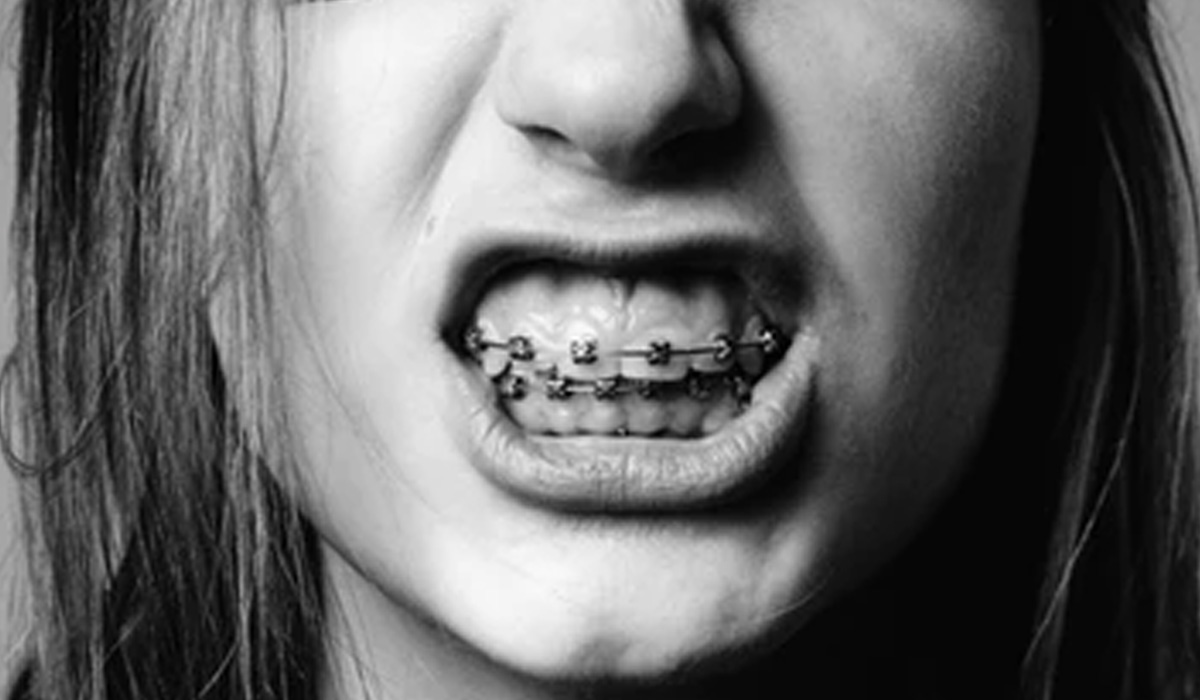Braces are commonly associated with being only an aesthetic procedure. Braces straighten teeth and improve a smile, but they can also prevent your child from having oral health problems.
Whether your child needs braces or not depends on several different risk factors. Let’s review all the benefits you need to know when making this decision for your child.
Avoid Complications of Crooked Teeth
Within the last few decades, emphasis has been added on having perfect, straight teeth. Aside from looks, misaligned teeth can cause future oral health problems.
Children have enough difficulty as it keeps up with their brushing routine and properly reaches all the areas where food can stick. Crooked teeth are hard to keep clean, keeping food trapped between teeth. It can cause decay, leading to reoccurring cavities and even tooth loss.
Overcrowding
Sometimes, the mouth is too small for all the adult teeth, leading to overcrowding. It can be corrected by realigning the teeth with braces.
Some people require a tooth extraction or two to make room in the mouth for all their other teeth. Braces help with this by shifting their dentition into the proper place. If left untreated, overcrowding can lead to many problems down the line.
When teeth are in the wrong position, the bones around them will also not develop properly. Fixing crowding early on will increase the jawbone’s strength and durability. A healthy jawbone is vital which holds the teeth in place.
This misalignment can lead to an increased risk of gum disease. When the teeth naturally overlap, they rub together and wear down the outer surface.
Fixing an Overbite
An overbite happens when the upper jaw overlaps over the lower jaw. It is relatively common to have a slight overbite. However, a severe overbite, malocclusion, can cause serious issues.
Overbites are genetic but can also be caused by early childhood habits such as thumb-sucking or using a pacifier too much or too long.
Patients with an overbite wear rubber bands on their braces to shift the jawline into the proper place. Overbites can cause the following issues:
- Tooth grinding and clenching wear down the surface of the teeth
- Sleep apnoea, snoring, and mouth breathing
- Gum disease and decay
- Speech impediments from improper tongue placement
- TMJ (pain in the jaw joint)
- A recessive chin, affecting the shape of the face to appear shorter and rounder
Every child dreads the look of rubber bands, but they prevent pain down the road.
Fixing an Underbite
An underbite is the opposite of an overbite; it occurs when the bottom jaw protrudes past the upper jaw. It is much more uncommon than an overbite, and many people opt to correct it for aesthetic reasons.
Aside from changing the structure of the face, an underbite can also cause complications with speaking, swallowing, and chewing. Some adults require surgery to correct an underbite.
Luckily, if children catch it early enough, the upper jaw can be expanded. Braces can be worn to realign the teeth.
Confidence
Your child is doubtful to be worried about the increased risk of cavities or jaw pain as they age. The enormous appeal of braces is transforming their smile.
There is nothing wrong with getting braces with only looks in mind. A straight smile increases confidence, and getting it done early saves them the struggle of wearing adult braces or paying for Invisalign.
Many parents feel nothing more satisfying than seeing a child once ashamed of their teeth smile in photographs.
When Should My Child First See an Orthodontist?
Most parents are shocked when we recommend their child attend their first orthodontic check-up at age seven. Seven-year-olds still have baby teeth—why would they need to see an orthodontist so early?
It is the age when your child’s adult teeth are emerging. Orthodontists can tell if your child will have problems with their bite and check for signs of overcrowding. If you notice any of the following in your child, you should consider taking them to an orthodontist:
- Biting their cheek or roof of the mouth
- Have a hard time chewing and biting
- Irregular loss of baby teeth
- Mouth breathing
- Prolonged thumb sucking/pacifier use
- Irregular jaw
- Crowded, rotated, or significant gaps between teeth
When Should My Child Get Braces?
Most orthodontists wait until children are 10-14 to start braces. It is when most baby teeth are gone, and the adult teeth have grown in. Also, while your child is still young, they are still growing, and teeth respond better to straightening.
How long your child needs to wear braces depends on the severity of the case. Usually, they are worn for one to three years.
You also need to consider the personal maturity of your child and if they seem ready for braces. Braces require special cleaning and care, or plaque will accumulate around the brackets. Children must use a special “tree brush” under the wires and a tedious dental flosser to reach between the teeth. Ensure your child is prepared for the responsibility and knows what to expect.
Getting wires tightened can be painful, so for those tightening sessions, stock up on special soft treats and emphasize the importance of braces. It will all be worth it when they have their new, straight smile.
Be prepared for retainers, and make sure your child is wearing them if you don’t want to pay for round 2 of braces!
Should You Choose Braces For Your Child?
Braces are an investment in your child’s lifelong oral health and confidence. They help young people keep their teeth as they age and avoid preventable issues.
If you have concerns about your child’s bite or crooked teeth, contact our dental clinic in NW Calgary to schedule a consultation.

